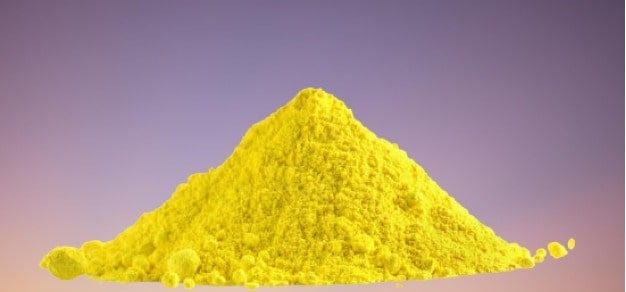European Yellow Phosphorous market falls, Producers Struggle to Gain Momentum
- 06-Dec-2024 7:15 PM
- Journalist: S. Jayavikraman
The European Yellow Phosphorous market has seen a notable decline in prices in November 2024, driven by a number of factors. With annual output capped below 20,000 tons, primarily from Eastern Europe, the region struggles to maintain competitiveness. Elevated energy prices, environmental policies, and inflationary pressures have further constrained production capacity of Yellow Phosphorous, exacerbating the situation.
Demand for Yellow Phosphorous from downstream industries, including phosphoric acid and fertilizer production, has remained tepid. Phosphoric acid, which accounts for approximately 60% of global Yellow Phosphorous consumption, has seen reduced inquiries in Europe due to economic stagnation and lower agricultural spending in the recent times. This slowdown mirrors broader difficulties in the European chemical industry, where production has dropped amidst looming recessionary pressures. Additionally, the specialty chemicals and phosphorus-based flame retardants have similarly reported limited activity, compounding the market's challenges.
Seasonal factors are adding to market woes. November traditionally witnesses lower industrial activity due to year-end inventory management and destocking trends. High stock levels across Europe have pushed prices of Yellow Phosphorous further down, as producers attempt to clear inventories ahead of the winter season. The procurement from the Asian markets has also dropped recently due to supply and demand imbalance. Meanwhile, year-end energy price volatility has pressured European manufacturers to reduce operations or halt production altogether.
Globally, the Asia-Pacific (APAC) region continues to dominate Yellow Phosphorous markets, led by China and Vietnam. China, a major producer with annual output ranging between 600,000 and 700,000 tons, has maintained stable production levels despite earlier regulatory and energy-related cuts. However, high inventories and subdued global demand are limiting any potential recovery of Yellow Phosphorous prices. Europe, in comparison, remains at a disadvantage due to higher production costs and reduced export competitiveness.
According to the ChemAnalyst database, the European Yellow Phosphorous market is unlikely to see an immediate recovery. The path forward depends on an improvement in downstream sectors, particularly agriculture and chemicals, which are currently hindered by slow economic growth and reduced spending. High production costs, coupled with a lack of demand for Yellow Phosphorous, suggest continued bearish trends in the near term. However, any uptick in agricultural investment or chemical production could provide a lifeline, potentially stabilizing prices of Yellow Phosphorous.
With Yellow Phosphorous being a critical input for fertilizers and other chemical products, its price movements will remain closely tied to the health of downstream markets. For now, European producers face significant challenges in maintaining profitability amidst declining demand and competitive pressures from global markets.



